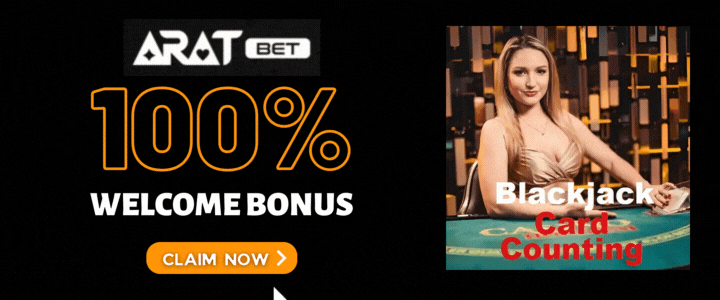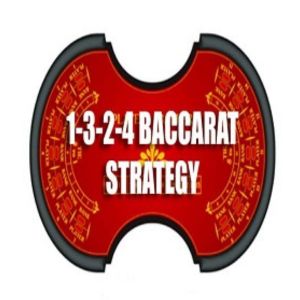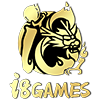
Blackjack Card Counting Strategy for Higher Win Rates
Blackjack Card Counting Strategy is a live game guideby Superace88 Casino. Read our latest professional review on 5 Blackjack Card Counting Strategy. At Superace88 Casino, we’re dedicated to enhancing your blackjack experience.
Welcome to our guide on advanced card-counting strategies, designed to give you a competitive edge at the blackjack table. While you might already be familiar with the basics of blackjack, our goal is to equip you with advanced strategies that can genuinely boost your win rate.
Check out more: Superace88 online slots
Table of Contents
- Blackjack Details & Information
- Blackjack Card Counting Strategy: Understanding the Fundamentals
- Basic Blackjack Card Counting Strategy
- Blackjack Card Counting Strategy: Ace’s Strategy
- Blackjack Card Counting Strategy: Split Strategy
- Blackjack Card Counting Strategy: Insurance and Surrender Timing
- Popular Casino For Blackjack Card Counting Strategy
- Conclusion
- Top Casino Bonus for Blackjack Card Counting Strategy
- Frequently Asked Questions (FAQs)
Blackjack Card Counting Strategy: Details & Information
| Casino | Superace88 |
|---|---|
| Live Type | Table Slots |
| RTP | 99.5% |
| Player Odds of Winning | 42.22% | Dealer Odds of Winning | 49.10% | Tie | 8.48% |
| Volatility | Low |
Blackjack Card Counting Strategy: Understanding the Fundamentals
Before we embark on this journey into advanced card-counting strategies, let’s ensure we have a solid grasp of the basic concepts of card counting. Unlike games such as baccarat, roulette, or Sicbo, where luck often plays a significant role, blackjack leans heavily on skill and strategy. With less reliance on luck, players can wield greater control over their outcomes, making it a game where strategy and decision-making are pivotal.
Check out more: Superace88 online fishing Philippines
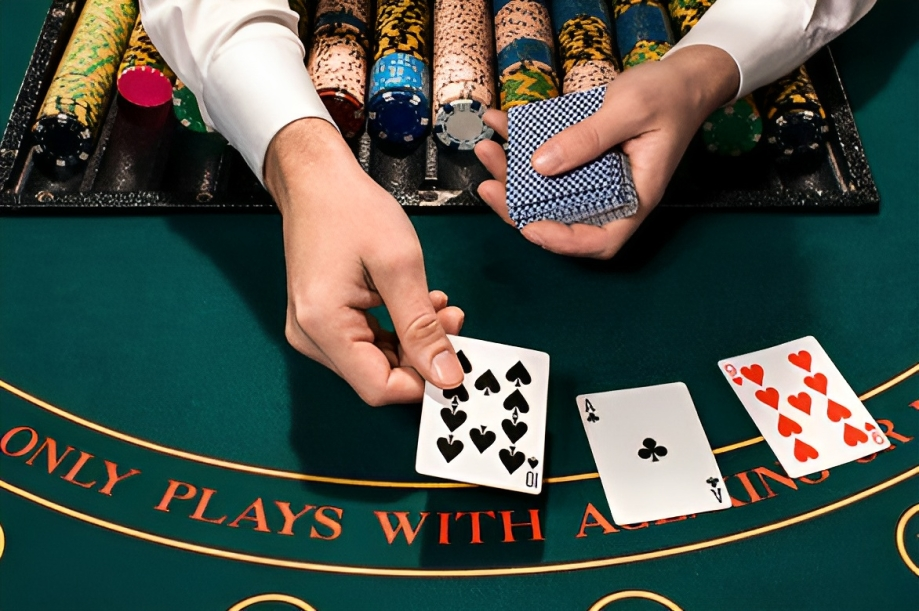
Basic Blackjack Card Counting Strategy
17 Points: When your hand totals 17 points, you find yourself in a unique situation. The optimal strategy here suggests standing, regardless of the house’s point combination. A total of 17 represents a robust hand, and the risk of busting (exceeding 21) is greater if you hit. By standing, you force the dealer into making decisions and potentially busting if they hold a weak hand.
13, 14, 15, 16 Points: For hands totaling 13, 14, 15, or 16 points, your next move hinges on the dealer’s face-up card. If the dealer’s card falls between 2 and 6, it’s generally best to stand. These low-value dealer cards elevate the chances of the dealer going bust. However, if the dealer reveals a 7, 8, 9, 10, or an Ace, hitting is the recommended course of action. The dealer is more likely to have a stronger hand, and hitting provides an opportunity to enhance your own hand.
12 Points: When you hold a hand totaling 12 points, it’s advisable to stand if the dealer’s face-up card is a 4, 5, or 6. These dealer cards are relatively weak, and the odds of the dealer busting are favorable. However, if the dealer’s face-up card is anything other than 4, 5, or 6, hitting is the better choice. The goal is to attempt to improve your hand because a total of 12 is relatively weak and carries a higher risk of busting if you draw a 10-point card.
10, 11 Points: For hands totaling 10 or 11 points, your strategy is contingent on the value of the dealer’s face-up card. If the dealer’s face-up card is an Ace, it’s generally advisable to hit if you have 10 points. Doubling down isn’t recommended in this scenario. Hitting grants you a chance to enhance your hand as you are less likely to bust. However, if you possess 11 points and the dealer’s face-up card is an Ace, doubling down is recommended. This position is strong, and doubling down maximizes your potential payout. For all other combinations of 10 or 11 points when the dealer’s face-up card isn’t an Ace, doubling down is the strategic move aiming to capitalize on your strong starting position.
9 Points: If your hand totals 9 points, the strategy hinges on the dealer’s face-up card. If the dealer’s face-up card is 7, 8, 9, 10, or an Ace, hitting is the better choice. The dealer is more likely to have a stronger hand, and hitting offers the opportunity to enhance your 9-point hand. For the rest of the dealer’s face-up cards, which fall in the range of 2 to 6, doubling down is recommended. Doubling down in this context represents an aggressive move to exploit your strong starting position.
2 to 8 Points: For any hand total between 2 and 8 points, the recommended strategy is to hit. These hands are weak, and you have a good chance of improving them by drawing additional cards. While the dealer’s face-up card does play a role in your decision, it’s generally best to hit with these low point totals to progress toward a stronger hand.
Check out more: Superace88 online live casino games
Blackjack Card Counting Strategy: Ace’s Strategy
1.A8, A9 (Ace Eight, Ace Nine)
- When you find yourself holding a pair of Aces that combine to form a total of 18 or 19, it’s usually the best choice to stand pat on your hand, no matter what the dealer’s face-up card is.
- The reason for this strategy is quite straightforward: A hand with an Ace paired with an 8 or 9 is already very strong and is within striking distance of the optimal total in blackjack, which is 21. By standing in this situation, you are effectively safeguarding your powerful hand.
2.A7 (Ace Seven)
- When you’re dealt an Ace paired with a 7, your optimal action depends on the dealer’s face-up card. If the dealer reveals an Ace or a 10-point card (10, Jack, Queen, King), it’s generally advisable to hit. This strategy is employed to improve your hand’s total.
- When you have an Ace and a 7, your initial total is 18, which is a decent starting point but not an unbeatable one. By hitting, you give yourself the opportunity to obtain a stronger hand without the danger of busting (going over 21).
- However, if the dealer’s face-up card is any other value (2 through 9), it’s wiser to stand. In such instances, the chances of the dealer having a stronger hand are significantly higher, making it safer to keep your 18 and hope the dealer goes over 21 or lands on a weaker hand.
3.A2, A3, A4, A5, A6 (Ace Deuce, Ace Trey, Ace Four, Ace Five, Ace Six)
- When your hand consists of an Ace combined with any of the cards from 2 through 6, the general strategy is to hit. The rationale behind this approach is to enhance your hand and exploit the potential for achieving a stronger total.
- Combining an Ace with one of these low-value cards offers you flexibility when it comes to drawing additional cards, and the risk of busting (exceeding 21) is relatively low. Hitting in these scenarios is the right course of action in many cases, particularly when the dealer’s face-up card appears to be relatively weak.
- By hitting, you aim to progress toward a more competitive hand, taking advantage of the fact that the Ace can count as either 1 or 11, giving you adaptability in your pursuit of a stronger total.
Check out more: Superace88 online casino guide
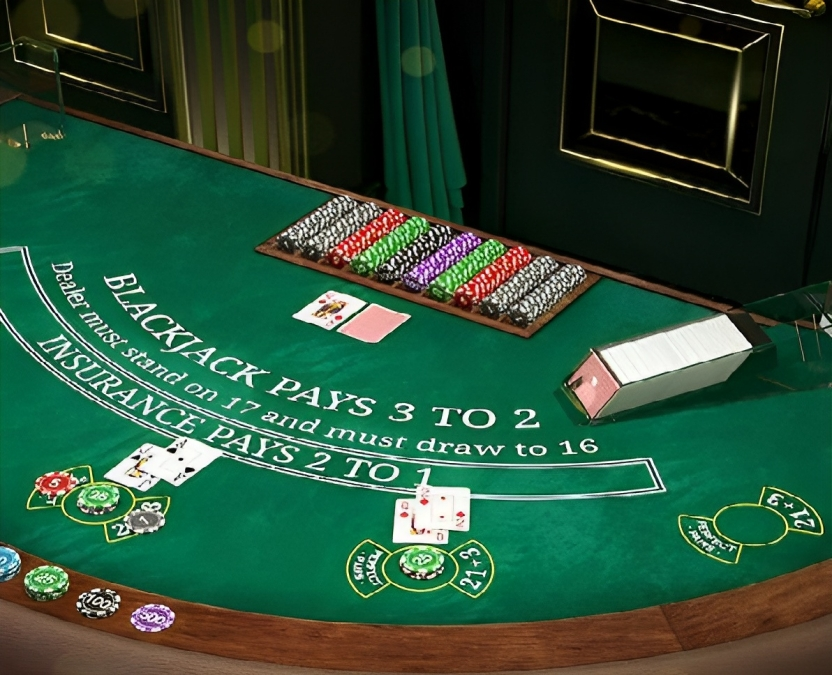
Blackjack Card Counting Strategy: Split Strategy
Certainly, let’s elaborate on the strategies for splitting pairs in blackjack:
1.A, A (Aces):
- When you’re dealt a pair of Aces, it’s imperative to split them. Splitting Aces is a fundamental strategy because it offers a unique opportunity to create two strong starting hands, each with the potential to reach a total of 21.
- This action significantly boosts your chances of winning. When you choose to split Aces, you typically receive one additional card for each Ace, and you can decide to hit or stand on each of these newly formed hands as you normally would.
- This strategic move enhances the possibility of achieving a blackjack, which carries higher odds for payout.
2.10, 10 (Tens):
- In the case of being dealt a pair of 10s, totaling 20 points, it’s highly advisable not to split. Keeping these two cards together as a total of 20 already represents an exceptionally strong hand in blackjack.
- Splitting this pair would introduce unnecessary risk by potentially weakening your hand. It’s generally more favorable to maintain your powerful position and aim for a win with your existing strong hand.
3.9, 9 (Nines):
- When you’re holding a pair of 9s and the dealer’s face-up card is an Ace or an 8, it’s recommended not to split. This advice stems from the understanding that the dealer’s Ace implies a substantial likelihood of the dealer achieving a total of 21, a challenging hand to beat.
- Similarly, if the dealer reveals an 8, it’s also considered a relatively strong hand. In these circumstances, splitting may not be in your best interest. However, if the dealer shows any other card, it’s often a favorable choice to split your nines.
4.8, 8 (Eights):
- Splitting a pair of eights is typically a wise decision. This is because having a pair of eights results in a relatively weak hand with a total of 16 points, which is generally not strong enough to compete against most dealer hands.
- By choosing to split, you open the door to improving your position. You will receive additional cards for each of the eights, effectively creating two hands that are more likely to win than a single hand with a total of 16 points.
5.7, 7 (Sevens):
- If you’re dealt a pair of sevens, it’s recommended to split when the dealer’s face-up card has a value between 3 and 8. This strategy takes advantage of the potential to enhance your position.
- However, if the dealer’s face-up card is a 9, 10, or an Ace, it’s more advantageous to keep your sevens as a hard 14. In this scenario, splitting is less advantageous due to the higher likelihood of the dealer having a stronger hand.
6.6, 6 (Sixes):
- Splitting your pair of sixes is advisable when the dealer’s face-up card falls between 3 and 7. This strategy aims to capitalize on the potential weakness of the dealer’s starting hand. However, if the dealer’s card is an 8 or higher, it’s better to keep your pair of sixes together. In such situations, the likelihood of improving your position by splitting diminishes.
7.5, 5 (Fives):
- For a pair of fives, it’s generally recommended to keep them together. Splitting them does not provide a significant advantage since you already have a total of 10 points, which represents a strong starting hand. S
8.4, 4 (Fours):
- Splitting your pair of fours is a suitable strategy when the dealer’s face-up card is a 6 or 7. This decision is based on the principle that these dealer cards are relatively weak. However, if the dealer reveals any other card, it’s better to keep your fours together to maintain a more solid starting position.
9.3, 3 (Threes):
- When you have a pair of threes, it’s advisable to split them if the dealer’s face-up card falls between 3 and 8. Splitting in this scenario aims to take advantage of the potential weakness in the dealer’s hand.
10.2, 2 (Twos):
- Similar to a pair of fives, it’s generally more favorable to keep your twos together. Splitting twos does not offer a significant advantage because you already have a total of 4 points. Splitting in this scenario may weaken your overall position, so maintaining the twos as a single hand is typically the better choice.
Blackjack Card Counting Strategy: Insurance and Surrender Timing
Insurance: Insurance comes into play when the house has an Ace showing. To protect against the possibility of the dealer hitting blackjack, players can pay half their bet as insurance. If the dealer gets a blackjack, the insurance pays out at 1 to 2 odds; otherwise, the bet goes to the dealer for the next phase of the game. The timing for insurance is crucial. To make the right decision, consider the number of face cards remaining, as it significantly affects the odds.
Surrender Timing: In most casinos, players can choose to surrender and recoup half of their bet, regardless of the cards they’re facing. The most common scenario for surrender is when the house holds an Ace. Surrendering when the dealer has an Ace is often the best option, as it can be challenging to beat an Ace combined with a 10, 9, or 8. Once you’ve considered insurance, surrendering becomes a strategic move.
Popular Casino For Blackjack Card Counting Strategy

Popular Casino to play Blackjack is Superace88. When it comes to finding the ideal location to apply these advanced strategies, we recommend Superace88 Casino. Superace88 Casino offers a perfect environment for honing your blackjack skills. With a wide range of blackjack tables and professional dealers, you’ll find the ideal setting to implement your newfound expertise.
Conclusion
In conclusion, mastering these advanced card-counting strategies can significantly enhance your blackjack gameplay. By understanding when to stand, hit, double down, split, and when to use insurance or surrender, you can boost your win rate and take control of your destiny at the blackjack table. Best of luck, and may your cards be ever in your favor!
Top Casino Bonus for Blackjack Card Counting Strategy
Frequently Asked Questions (FAQs)
1. What is the article about?
- The article is about advanced card-counting strategies for blackjack aimed at improving your win rate at Superace88 Casino.
2. What is the significance of card counting in blackjack?
- Card counting in blackjack is crucial because it allows players to make strategic decisions based on the cards in play, increasing their chances of winning.
3. What is the difference between blackjack and other casino games like roulette or baccarat?
- Unlike games such as roulette or baccarat, blackjack relies more on skill and strategy rather than luck, making it a game where players have greater control over their outcomes.
4. Can you explain the basic blackjack card counting strategy?
- The basic blackjack card counting strategy involves specific actions for different point totals, such as standing on 17 points and hitting or doubling down based on the dealer’s face-up card.
5. When should I use the Ace's strategy in blackjack?
- The Ace’s strategy is ideal when you have a pair of Aces totaling 18 or 19, or an Ace paired with an 8 or 9, indicating a strong hand.
6. What is the split strategy in blackjack, and when should I use it?
- The split strategy is applied when you receive pairs of cards. You should split Aces, 8s, 7s when the dealer’s face-up card has a specific value, among other scenarios.
7. Can you explain the concept of insurance in blackjack and when to use it?
- Insurance in blackjack is a bet made when the dealer’s face-up card is an Ace. It protects against the dealer getting a blackjack. You should consider the timing and the number of face cards remaining before opting for insurance.
8. When is surrendering in blackjack a good move?
- Surrendering is often a wise choice when the dealer holds an Ace. It’s a strategic move because it can be challenging to beat an Ace combined with a 10, 9, or 8.
9. Which casino is recommended in the article for playing blackjack with these strategies?
- Superace88 Casino is recommended as the ideal place to apply these advanced strategies due to its wide range of blackjack tables and professional dealers.
10. How can these card-counting strategies improve my win rate in blackjack?
- Mastering these strategies enables you to make more informed decisions, leading to improved gameplay and ultimately increasing your win rate at the blackjack table.
Written By:

Hugo Phang
Blog Manager at Superace88
Hugo Phang, a dynamic and innovative professional who serves as the Blog Manager at Superace88 Online Casino, a prominent player in the Philippines’ thriving online casino industry. With a passion for both gambling and digital content creation, Hugo brings a wealth of experience and expertise to his role, helping to shape the online casino’s digital presence through captivating blog content.
With his finger on the pulse of the latest casino trends and a commitment to delivering engaging and informative articles, Hugo Phang plays an instrumental role in enhancing the Superace88 Online Casino experience for players across the Philippines and beyond.
The following blog post is intended for informational purposes only. The content provided in this post is based on the knowledge and information available up to the date of publication, which is [insert publication date]. Please note that information, circumstances, and events may have changed since the time of writing, and while we strive to provide accurate and up-to-date information, we cannot guarantee the accuracy, completeness, or relevance of the content at a later time.
Thank you for reading and engaging with our blog post. We hope you find the information valuable and useful. Please remember that the information provided here is not a substitute for professional advice and should be used at your own discretion.


